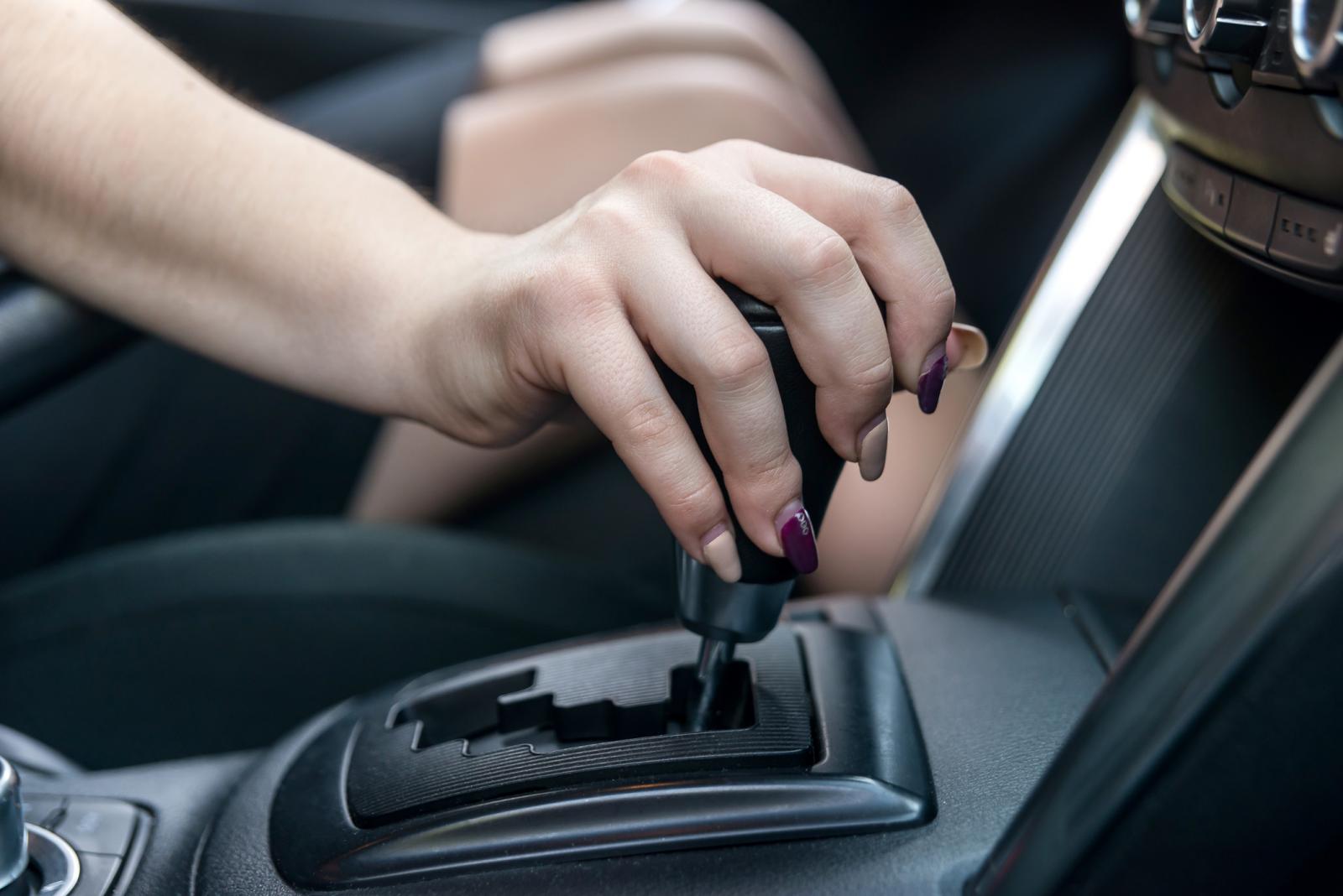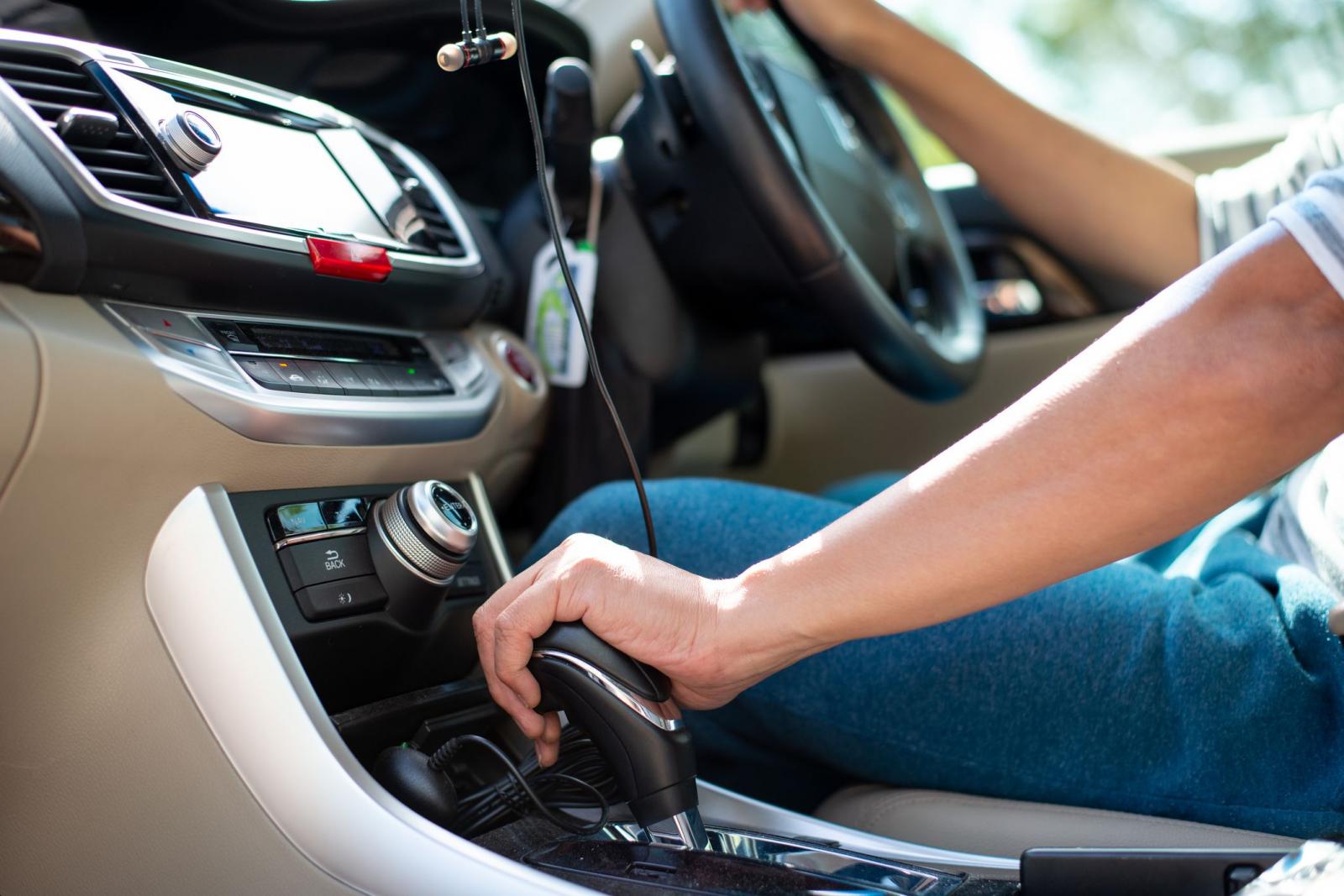
AUTOMATIC CAR DRIVERS
Most drivers don’t realize how much they’ve actually forgotten until they start reading the handbook. Whether you started driving recently, or you’ve been handling a steering wheel for over 10 years, everybody could refresh their driving knowledge from time to time to continue staying safe on the roads. If you’re new to driving, or simply enjoy a laid back, simple driving experience, automatic transmission is the right choice for you.
AUTOMATIC CAR MANUAL
Learning to drive with a manual transmission can be overwhelming and shift focus away from more pertinent aspects of driving, such as understanding traffic laws and road signs. Most drivers, especially beginners, will undoubtedly benefit from choosing an automatic car over a manual car.

Many drivers think automatic vehicles are not as enjoyable to drive.You’ll be able to focus more on the road since you won’t have to focus on shifting gears.Driving automatic is more comfortable, as you only have to use two pedals instead of three.Automatic transmission is available in most vehicle makes and models.Automatic vehicles are much easier to drive, as the transmission shifts for you.Pros and Cons of Automatic Transmission Pros This will help you preserve gas in low-speed environments, as well as stop-and-go traffic. Be aware, when your foot is lifted off both pedals, your vehicle will creep forward slightly. Use the brake pedal if you need to come to a stop. This will allow you to use the gas pedal to propel the car forward. To start the car, place your foot on the brake, insert the key into the ignition, and twist slightly. This mode will burn a bit more fuel, but is very fun to use down lonely streets and highways. Lastly, Sport is used to provide a more sensitive throttle response and maximize vehicle power. 2nd gear is perfect for traveling on slippery, wet roads. 2nd gear is similar to the first gear, but provides more speed and torque. This gear should be used when you’re going down a hill to make sure you aren’t traveling too fast. 1st gear slows down the engine and delivers less fuel to the vehicle. Some vehicles also have options for 1st gear, 2nd gear, and Sport.

This is where you need to be in order to start driving an automatic car. This allows drivers to turn the steering wheel and move the tires, but pushing the gas does not increase the speed of the vehicle.ĭ – When a car is put in drive, it is set to move forward. N – The neutral gear stops the engine power from reaching the wheels. You can place your vehicle in reverse when you’re trying to back out of a parking space or readjust your vehicle position. When you need to keep your car still for an elongated period of time, put the car in park and it’ll stay still until it is taken out of this gear. P – The park position is self-explanatory.
AUTOMATIC CAR HOW TO
How to Drive an Automatic Carīefore you start, you must understand the different positions within the gearbox – ‘P’, ’R’, ’N’, ’D’. For most people, this is a much easier way to drive.

AUTOMATIC CAR DRIVER
Automatic gearboxes switch gears themselves, allowing the driver to keep focus on the road. 5 – Driving Experienceĭriving an automatic car is vastly different from driving a manual. Oftentimes, automatic cars get the same, or higher, mileage than manual cars of the same model. However, according to the US Department of Energy, automakers have vastly improved the fuel efficiency of modern automatic vehicles.

This is because it generally takes more energy to power an automatic clutch system within the vehicle. If you look back a couple of years, many automatic engines took up a bit more fuel than their manual counterparts. The vast majority of vehicles produced in the US today are automatic vehicles.


 0 kommentar(er)
0 kommentar(er)
